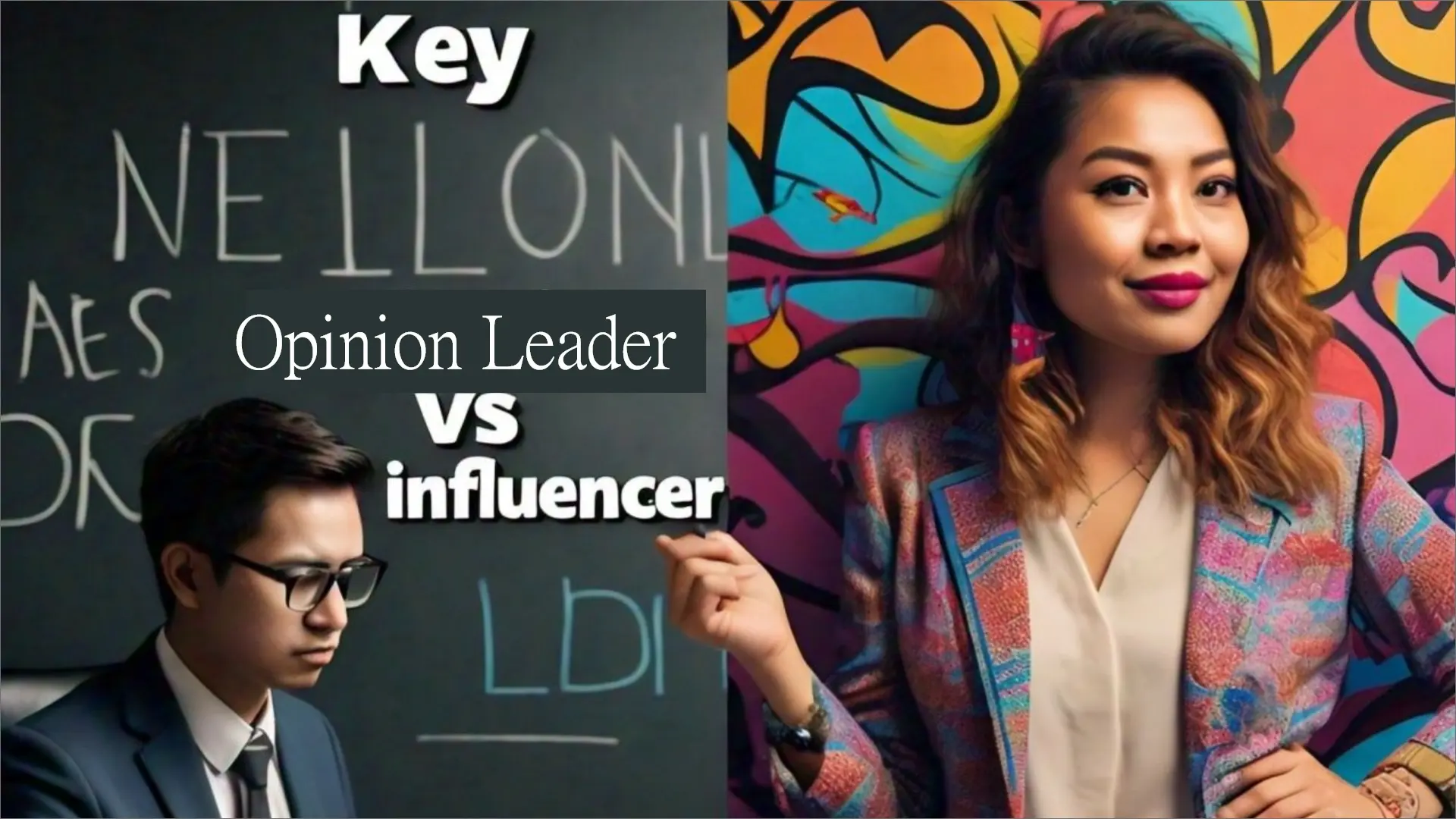
Key Opinion Leader vs Influencer: What's the Difference?

Key Opinion Leaders (KOLs) are individuals who possess expert knowledge and authority in a specific field or industry, making them highly respected and influential among peers and followers.
Their influence is derived from their professional achievements, expertise, and contributions to their field, such as research, publications, or significant work experience. KOLs are sought after for their in-depth insights and trusted opinions, often influencing decision-making processes within their industry or community. They can operate across various platforms, including academic journals, industry conferences, social media, and more, reaching a niche audience that values their specialized knowledge.
Influencers are individuals who have gained a significant following on social media platforms through their ability to engage and entertain a wide audience.
Their influence is largely based on their personality, lifestyle, and the content they create, which can range from fashion and beauty to travel and fitness. Influencers connect with their audience through relatable, aspirational, or entertaining content, leveraging their popularity to impact followers’ preferences, behaviors, and purchasing decisions. Unlike KOLs, influencers often focus on broader topics and appeal to a more diverse and general audience, primarily engaging with their followers through platforms like Instagram, YouTube, TikTok, and Twitter.
Key Opinion Leader vs Influencer
The terms “Key Opinion Leader (KOL)” and “Influencer” are often used interchangeably in the context of digital marketing, yet they denote distinct roles within the sphere of influence. Understanding the difference between the two is crucial for brands to effectively leverage their unique strengths in marketing strategies.
Key Opinion Leaders (KOLs)
i. Expertise-Based Influence
KOLs possess profound knowledge and authority in a specific field or industry. Their influence is rooted in their expertise, qualifications, and professional achievements, making them trusted sources for information and opinions.
ii. Niche Audiences
Typically, KOLs have a more focused and specialized audience interested in their particular area of expertise. This audience looks to KOLs for in-depth insights, analysis, and recommendations.
iii. Long-Term Reputation
The influence of KOLs is often built over a long period through their contributions to their field, such as research, publications, or significant professional accomplishments.
iv. Platforms of Influence
While KOLs can be active on social media, they also wield influence through other platforms like academic journals, industry conferences, and traditional media.
Influencers
i. Popularity-Based Influence
Influencers gain their status primarily through their ability to attract and engage a large following on social media platforms. Their influence is often tied to their personality, lifestyle, or entertainment value rather than specialized expertise.
ii. Broader Audiences
Influencers typically have a wider, more diverse audience. Their followers are drawn to their content for its entertainment value, relatability, or aspirational quality.
iii. Rapid Rise to Prominence
Many influencers gain their following relatively quickly, leveraging social media trends, viral content, or content that resonates widely with the general public.
iv. Primary Platforms
Influencers primarily operate on social media platforms like Instagram, YouTube, TikTok, and Twitter, where visual content, storytelling, and personal engagement drive their influence.
Key Distinctions
1. Basis of Influence
KOLs are respected for their expertise and professional achievements, while influencers are followed for their engaging content and personality.
2. Audience Relationship
KOLs’ audiences seek specialized knowledge or insights, whereas influencers’ followers are often looking for entertainment, inspiration, or lifestyle content.
3. Platform Presence
KOLs may be influenced through a variety of channels including academic and professional networks, while influencers typically thrive on social media.
Understanding these differences enables brands to choose the right type of collaborator for their marketing objectives, whether it’s building credibility through expert endorsements (KOLs) or maximizing reach and engagement through relatable content (influencers).
Final Words - Key Opinion Leader vs Influencer
In conclusion, understanding the distinctions between Key Opinion Leaders (KOLs) and influencers is fundamental for brands looking to refine their marketing strategies in today’s digital landscape.
KOLs, with their deep expertise and authoritative voice within specific fields, offer brands an opportunity to align with trusted figures who can lend credibility and foster trust among niche audiences. On the other hand, influencers, through their widespread appeal and engaging content across social media platforms, provide brands access to broad, diverse audiences seeking entertainment and lifestyle inspiration.
By leveraging the unique strengths of both KOLs and influencers, brands can effectively enhance their visibility, engage with their target demographics on a deeper level, and drive meaningful results in their marketing endeavors.
Author



